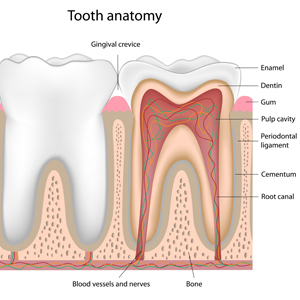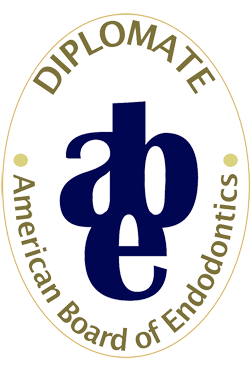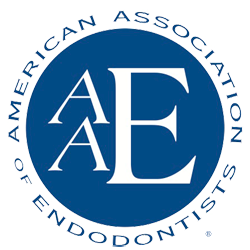 A Deep Dive into Endodontic Therapy
A Deep Dive into Endodontic Therapy
Root canal therapy is a cornerstone of endodontic treatment to save teeth affected by deep decay or infection. A critical step in this procedure is thoroughly cleaning and shaping the root canal system. Clearing the root canal is an intricate process that ensures the removal of all infected tissue and bacteria, paving the way for successful treatment and long-term oral health.
Importance of Precision and Care
Clearing the root canal requires a high level of precision and care. Any remaining debris or bacteria can compromise the success of the treatment and lead to complications. Endodontists undergo extensive training to master the techniques and use advanced tools to ensure thorough cleaning and shaping of the root canals!
Step-by-Step Process of Clearing the Root Canal
Access Opening
The first step in treatment is creating an access opening. We remove the crown portion of the tooth to reach the pulp chamber. This access point allows us to gain entry into the root canal system.
Pulp Removal
Once access is achieved, we remove the infected or damaged tissue from the pulp chamber and root canals. This step is crucial for eliminating the source of infection and preventing it from spreading further.
Cleaning and Shaping the Root Canal
Cleaning and shaping involves a series of meticulous steps:
- Irrigation: We use a series of irrigating solutions to flush out debris, bacteria, and any remaining pulp tissue. Common solutions include sodium hypochlorite, chlorhexidine, and EDTA. These solutions not only clean the canals but also have antimicrobial properties to disinfect the area.
- Mechanical Instrumentation: Rotary and hand files are used to mechanically clean and shape the canals. These instruments come in various sizes and shapes to match the unique anatomy of each tooth. The files remove the inner layer of dentin and create a smooth, tapered shape that facilitates effective filling and sealing.
- Ultrasonic Instruments: In some cases, ultrasonic instruments are used to enhance the cleaning process. These tools create high-frequency vibrations that help dislodge debris and improve the penetration of irrigating solutions into complex canal anatomy.
Debridement
Debridement is the thorough removal of all organic and inorganic materials from the root canal system. This step is critical to ensure that no remnants of infected tissue remain, which could lead to reinfection or treatment failure.
Disinfection
After cleaning and shaping, we apply antimicrobial agents to disinfect the root canal system. This step is crucial for eliminating any residual bacteria and creating an environment conducive to healing.
Drying the Root Canal
Before the canals can be filled and sealed, they must be completely dry. We use paper points to absorb any remaining moisture. Ensuring the canals are dry prevents contamination and promotes a strong bond with the filling material.
Obturation (Filling and Sealing)
The final step is obturation, where we fill and seal the canals. The most commonly used filling material is gutta-percha, a biocompatible substance we place into the canals in combination with a sealer to ensure a tight seal. This step prevents bacteria from re-entering the canals and protects the tooth from future infection.
Need A Root Canal? Call Today!
With modern techniques and a commitment to precision, treatment can effectively save your tooth and enhance your overall well-being. Understanding these steps can help alleviate anxiety and highlight the importance of seeking treatment from a skilled endodontist. So, if you’re facing a root canal procedure, please don’t hesitate to contact our office!





Comments are closed.